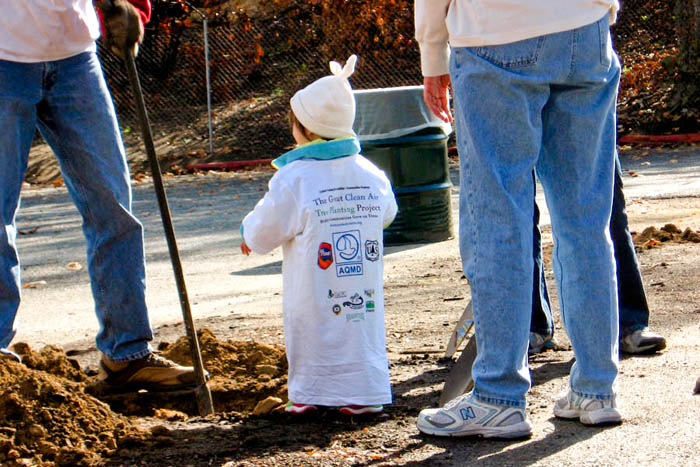The Great Clean Air Tree Planting Project
BACKGROUND
To demonstrate the health and clean air benefits of having trees in urban and suburban environments, the California Urban Forests Council created United Voices for Healthy Communities. Within a few months of its launch, UVHC planned an unprecedented event: the planting of 5,000 trees throughout southern California in one day.
CHALLENGE
WHPR was asked to produce a full publicity campaign to drive attendance and awareness of the event in just three months. Additional challenges included:
CAMPAIGN
Phase One – WHPR put a basic communications framework in place. It included:
WHPR worked with UVHC staff to develop regional promotional elements for their grassroots events, worked with their members to coordinate local promotional efforts around the events, and informed the strategies to help make the local events more successful. This phase also included the preparation of basic media materials – a fact sheet, a base news release (adaptable for local, community use), a schedule of the events and a location guide. This effort was matched with a parallel effort to identify the widest possible list of local and community media.
Phase Two – A complete media contact strategy was developed and executed. It included:
Phase Three – A Crisis Situation Erupted with an Outbreak of Forest Fires:
When a series of wildfires broke out, the AQMD issued a clean air advisory and proposed to delay and re-schedule tree planting in each community. For WHPR, the story had changed dramatically because there would no longer be a record-setting 5,000 trees planted in one day, which was the core for all PR efforts.
The media strategy had to flex to cope with this development. Working with those grassroots organizations that wished to move forward as planned, WHPR coordinated local coverage, alerted regional media to those sites where the events were happening and advised some media that cancellations had occurred. Subsequently, a second round of media contacts alerted media to new dates and times.
RESULTS
While the initial appeal of the story – the record breaking planting of 5,000 trees, hundreds of volunteers all incorporated into a single, extraordinary tree planting effort – was lost, the value and importance of the integrity concept was maintained by the fact that as trees fell before fire in the region, new ones were being planted to replace them. With that value in mind, where local communities held tree plantings, news coverage was achieved. The community groups held together and UVHC/Urban Forests Council’s annual tree planting events continue region wide.

